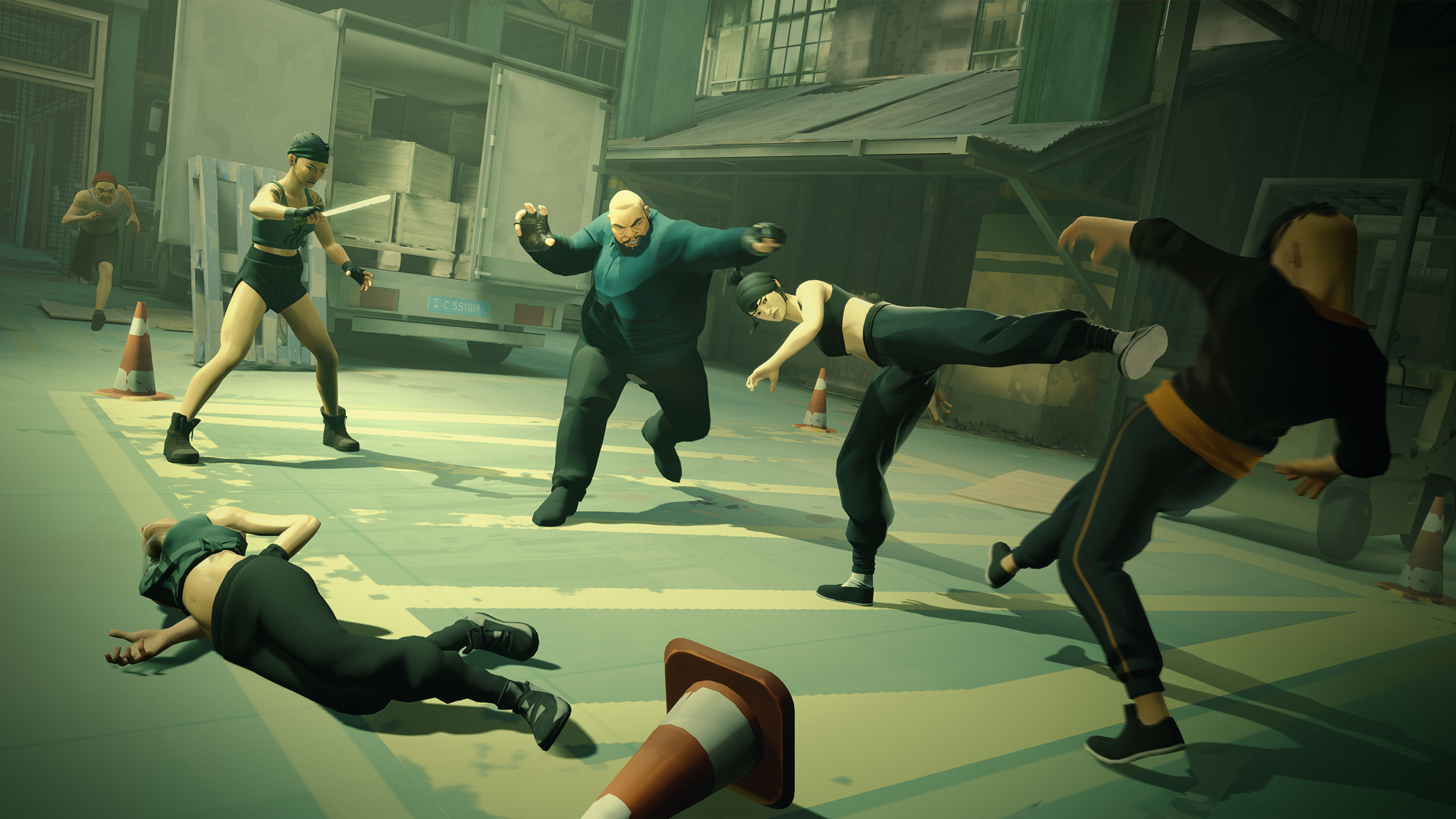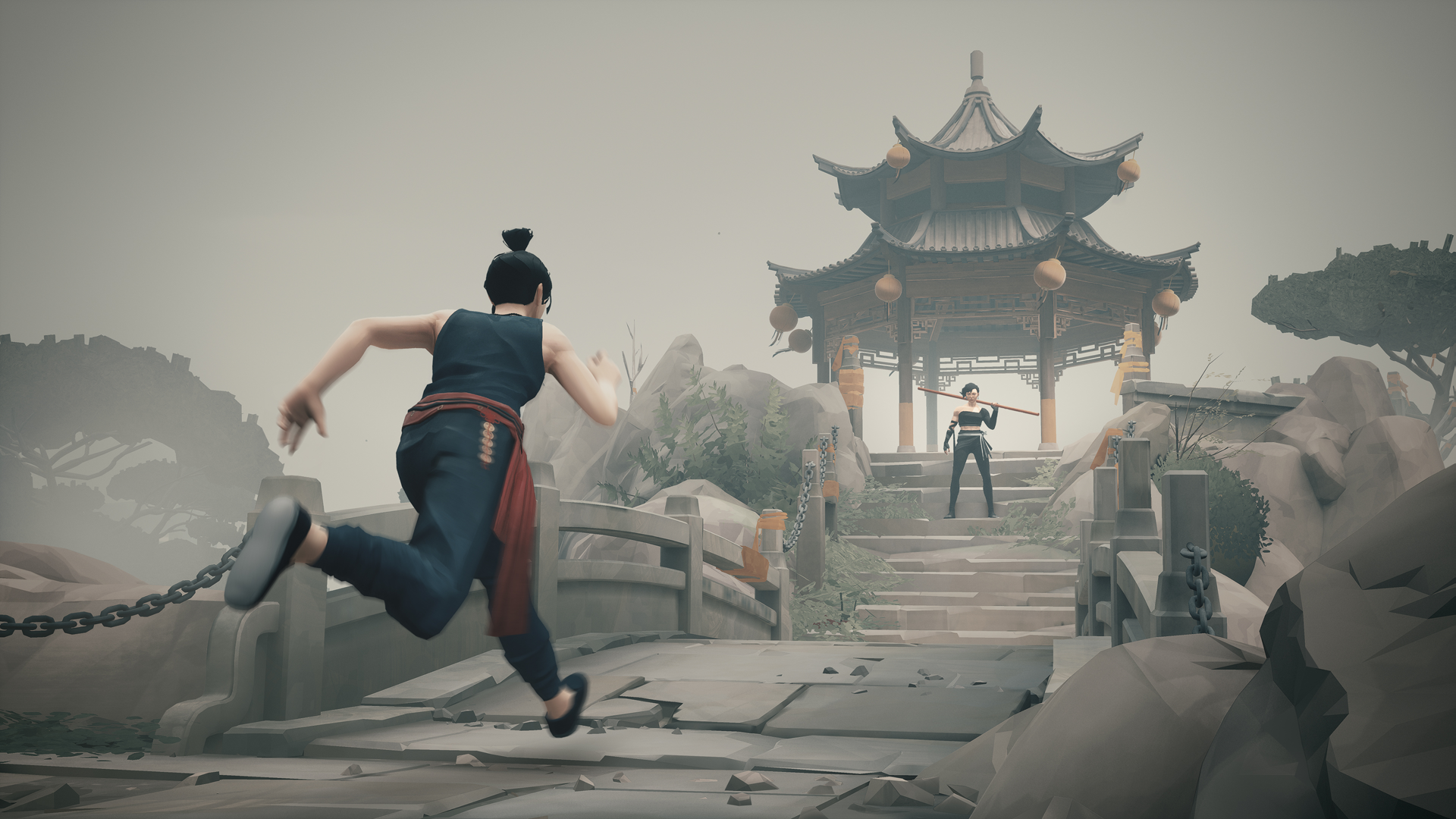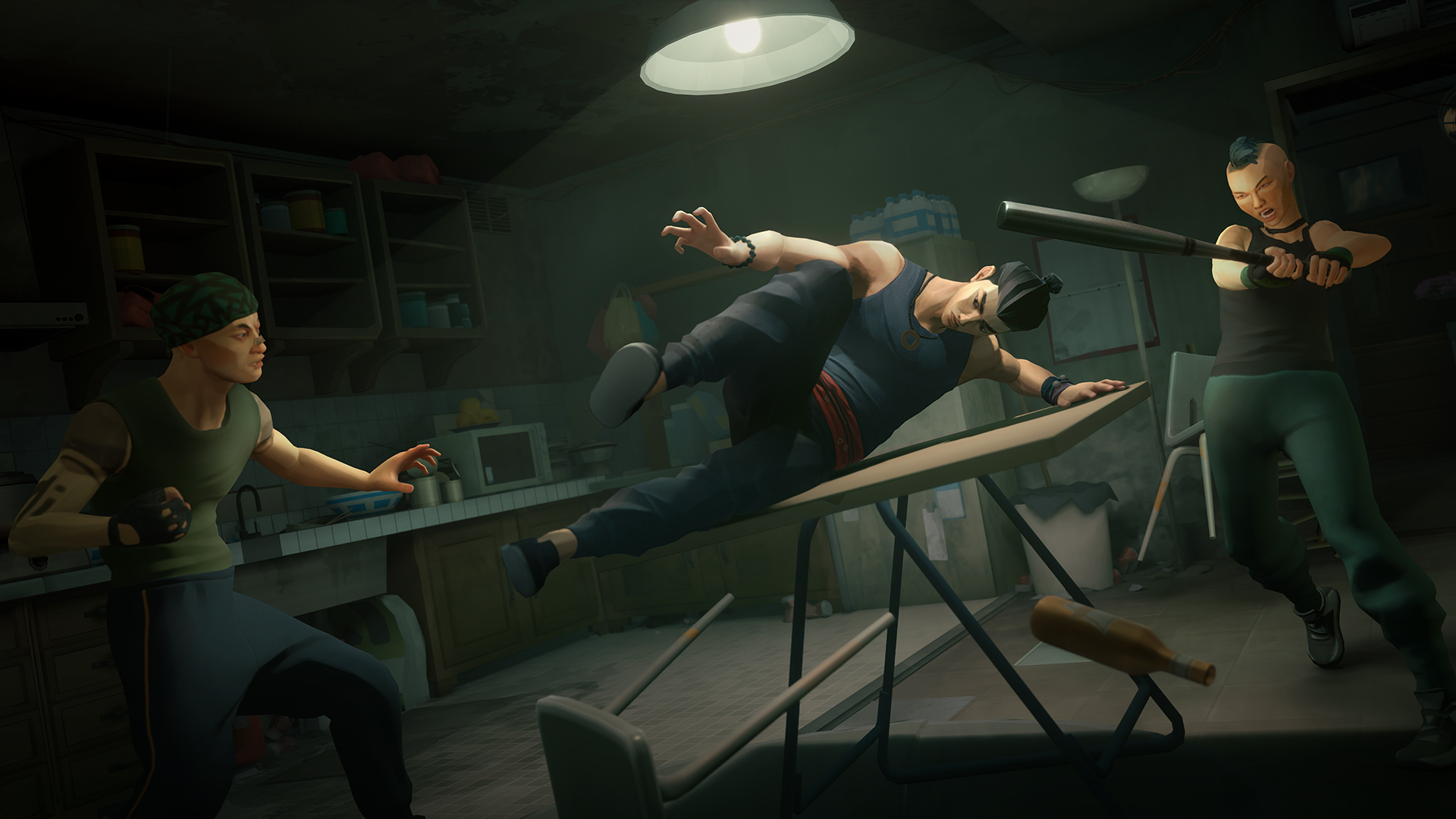Sifu: Great Combat, Lacking Cultural Depth

Sifu, developed by Sloclap, has garnered attention for its challenging and satisfying combat system. The game’s use of Pak Mei kung fu is widely appreciated for being faithful and convincing. However, critics have pointed out that the game falls short in its cultural characterisation, particularly in its homage to iconic martial arts movies, such as those produced by the Shaw Brothers. This article examines Sifu’s strengths and weaknesses and ultimately rates the game with a 3 out of 5 stars.
The article will begin by providing an overview of Sifu and its reception in the gaming community. It will then delve into the game’s homage to Asian culture and how it falls short in its portrayal. Finally, the article will examine the game’s development and combat system, highlighting its strengths and weaknesses.
By doing so, this article aims to provide a comprehensive analysis of Sifu, taking into account both its critical acclaim and its shortcomings.
Key Takeaways

- Sifu is a video game that emphasizes challenging and satisfying martial arts combat.
- The game aims to be an homage to iconic martial arts movies, particularly those of the Shaw Brothers, but sacrifices consistency and faithfulness in its attempt to imbue the setting with foreign mystique.
- Sifu’s cultural characterisation is hollow and a superficial pastiche, othering Asian cultures for the sake of style and ultimately saying nothing.
- The game’s combat system sets a high standard for interactive melee combat in video games, and its environments often morph into impossible, magical worlds, adding a fantastical layer to the game.
Overview of Sifu

The video game Sifu is primarily focused on martial arts combat and is known for its challenging and satisfying combat system. Developed by Sloclap, the game’s protagonist is a young kung fu practitioner seeking revenge for their teacher’s death. Sifu aims to pay homage to iconic martial arts movies, particularly those of the Shaw Brothers, and the game’s depiction of Pak Mei kung fu is faithful to the martial art’s techniques, helping to make the combat feel convincing and powerful.
Sifu’s combat system sets a high standard for interactive melee combat in video games, with players having to master different moves and techniques to defeat enemies. The game’s environments often morph into impossible, magical worlds, adding a fantastical layer to the game. However, the game’s cultural characterisation is lacking, with the studio sacrificing consistency and faithfulness in its attempt to imbue the setting with foreign mystique.
Ultimately, Sifu is a game that prioritises combat over cultural depth.
Homage to Asian Culture

Taking inspiration from iconic martial arts films, the video game aims to pay tribute to Asian culture by portraying a young kung fu practitioner seeking revenge for their teacher’s death. The game’s depiction of Pak Mei kung fu is faithful and helps make the combat feel convincing and powerful.
However, the game sacrifices consistency and faithfulness in its attempt to imbue the setting with foreign mystique. Sifu’s use of romanized Chinese words and differing character sets is inconsistent. Moreover, the game’s environments often morph into impossible, magical worlds, adding a fantastical layer to the game. While this results in an uncomfortable othering of Asian cultures for the sake of style, Sifu’s reverence for Asian martial arts films is evident but diminishes the individual identities of each culture.
It is worth noting that Sloclap did not employ any actual native Chinese consultants or consultants of Asian descent. The game’s cultural characterisation is hollow and a superficial pastiche. Culture is more than a cool aesthetic, and Sifu ultimately says nothing.
While the game’s combat system sets a high standard for interactive melee combat in video games, the lack of cultural depth hinders the game’s potential to be a true homage to Asian culture.
Development and Combat System

Developed by Sloclap, the video game showcases a highly impressive combat system that sets a new benchmark for interactive melee combat in video games. The game’s combat mechanics are fluid, intuitive, and challenging, requiring players to master an array of moves, parries, and dodges to defeat opponents. The game’s use of motion capture technology and realistic animations add to the feeling of weight and impact in combat, making each strike and block feel satisfying and powerful.
In addition to the combat system, Sifu also boasts impressive worldbuilding that immerses players in a fantastical, otherworldly setting. The game’s environments are beautifully rendered, with stunning attention to detail and a sense of atmospheric depth. The game’s use of lighting, sound, and particle effects further enhance the game’s immersive qualities.
Together, the game’s combat system and worldbuilding create a compelling, immersive experience that is sure to delight fans of action games.
Sifu Frequently Asked Questions
Who is the protagonist of Sifu and what motivates them?
The protagonist of Sifu is a young kung fu practitioner seeking revenge for their teacher’s death. Their motivation is to avenge their teacher’s murder and restore honor to their martial arts school.
How does Sifu depict the Pak Mei kung fu style and how does it contribute to the game’s combat system?
Sifu depicts the Pak Mei kung fu style through faithful and convincing combat animations that contribute to the game’s challenging and satisfying combat system. The style’s emphasis on direct, aggressive strikes aligns with the game’s fast-paced combat.
Did Sloclap employ any native Chinese or Asian consultants during the development of Sifu?
Sloclap did not employ any native Chinese or Asian consultants during the development of Sifu. This lack of cultural consultation is notable given the game’s attempt to pay homage to Asian martial arts films.
How do the game’s environments and worldbuilding contribute to the overall experience of playing Sifu?
The game’s environments, which often morph into impossible, magical worlds, add a fantastical layer to Sifu. This contributes to the game’s overall experience, but also results in an uncomfortable othering of Asian cultures for the sake of style.
What is the rating and final verdict of the review for Sifu?
The review rates Sifu with 3 out of 5 stars, criticizing its lack of cultural depth despite its homage to iconic martial arts movies. The game’s combat system is praised for its high standard of interactive melee combat.
Conclusion
In conclusion, Sifu’s combat system is undoubtedly its strongest feature, providing players with a challenging and satisfying experience. However, the game’s cultural characterisation falls short of its homage to iconic martial arts movies.
While the use of romanized Chinese words and inconsistent character sets for style may seem like a small issue, it diminishes the individual identities of each culture, which is a significant flaw.
Overall, Sifu has great potential to be a masterpiece, but its lacking cultural depth may leave players feeling unsatisfied. Sloclap needs to focus on improving the game’s cultural representation to match its outstanding combat system.
Until then, players will have to settle for a game that is great in one aspect but lacking in another. Sifu’s combat system may be commendable, but without cultural depth, it falls short of being a complete package.
Sifu
- ESRB Leaks Major Re-release: Beyond Good and Evil 20th Anniversary Edition - December 15, 2023
- Valve’s Game-Changing Deal: Revamped Steam Decks - December 14, 2023
- Capcom’s Game Sales Skyrocket With Blockbuster Releases - December 13, 2023



